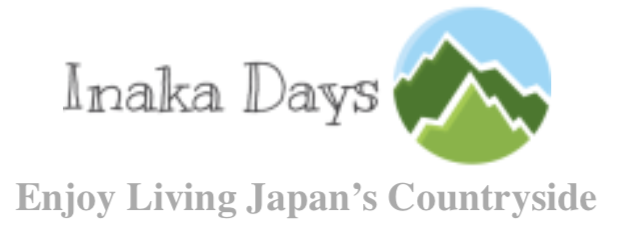The way hospitals are run in Japan may differ from the style in your country. It is a good idea to check this kind of information before you travel or emigrate to your new country for peace of mind.
///NOTE///
Please note that the information provided here is not based on professional medical knowledge, but on the experience of ordinary Japanese people. Therefore, we hope you understand that situations and procedures may differ from hospital to hospital.
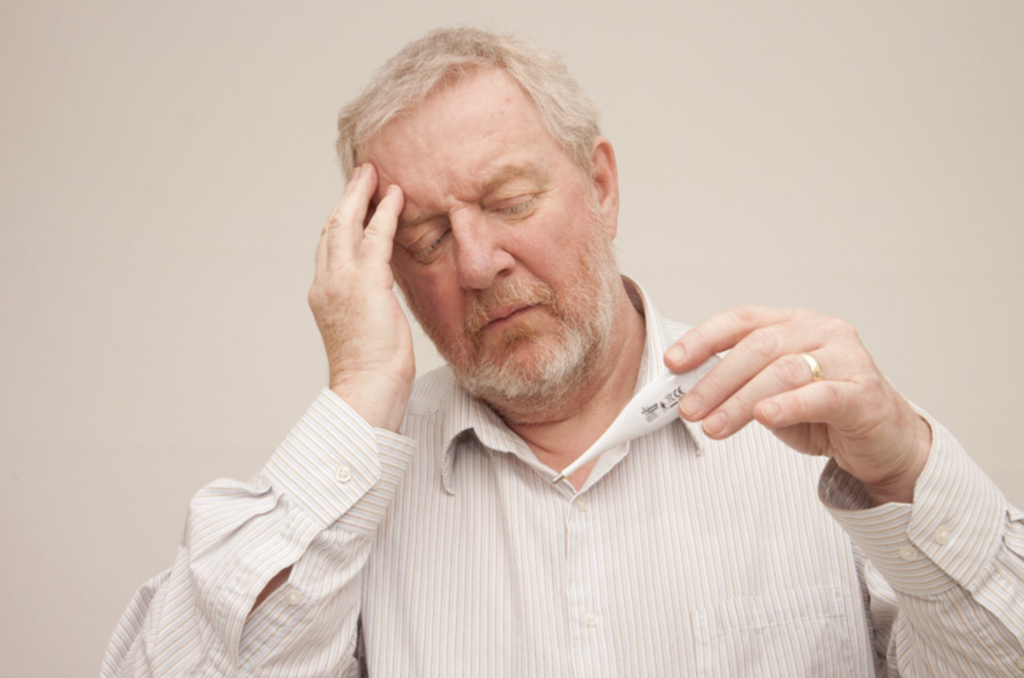
Contents
Types of medical facilities
There are a variety of medical institutions in Japan, but main types are commonly used: general hospitals and clinics.
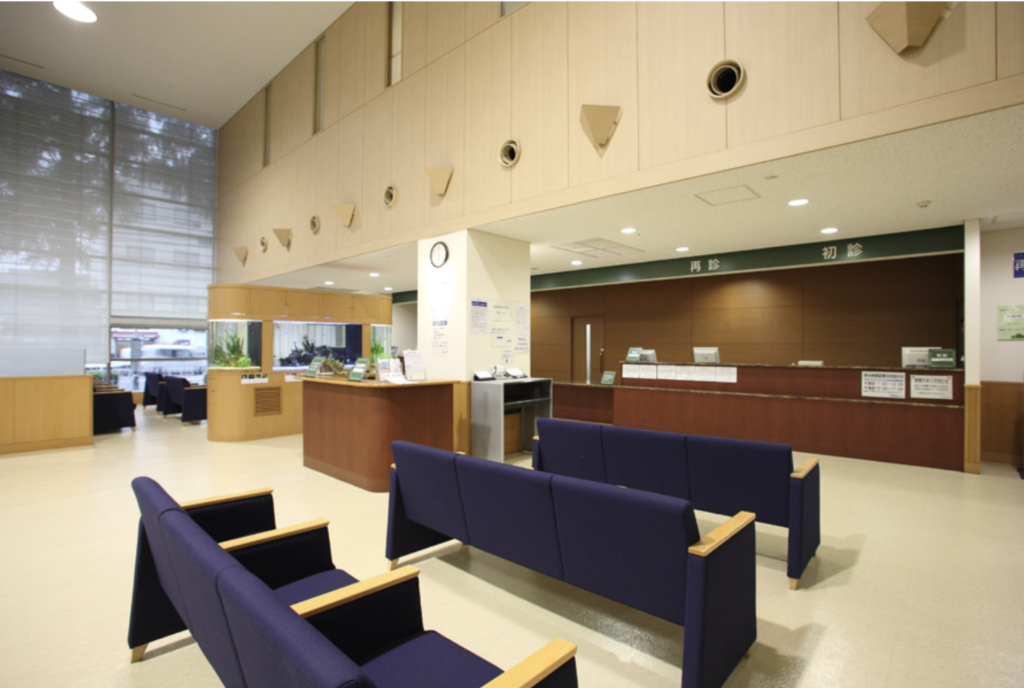
General Hospitals
A large hospital with a wide variety of departments, including internal medicine, surgery, and specialists etc.

Clinics
A small hospital providing general medical care. They are small medical institutions used for minor illnesses and routine medical examinations, and often specialize in a particular department. Although smaller in size and with more limited facilities than general hospitals, they are more community-based and suitable for minor illnesses and conditions.nd suitable for minor ailments and symptoms.
Consultation Procedures
In most cases, the first step is to visit a small clinic. Clinics are close by, easy to get to, and can treat minor symptoms such as a cold.
Furthermore, as the medical system in Japan often requires a letter of introduction to go to a general hospital, it is common for patients to be examined at the clinic first and then referred to a specialist or hospital if necessary.
- If you go to a general hospital out of the blue, you may have to wait a long time.
- If you have difficulty understanding Japanese, an increasing number of hospitals offer services in foreign languages. It is a good idea to check in advance!

Appointment
At large hospitals, if you do not make an appointment in advance, you may have to wait for a long time. Some clinics and doctor’s offices may allow you to see a doctor without an appointment, but it is recommended that you check in advance.

Reception
When you arrive at the hospital, submit your Hokensho (insurance card) at the reception desk, in case you have it. At most clinics, you will then be given a form to fill in your name and symptoms, which you will often be asked to fill out in Japanese.
- If you are a traveler, you most likely do not have an Hokensho, so it is a good idea to check with your insurance company to see if you are covered by the overseas cases.
- At large hospitals, if you do not make an appointment in advance, you usually have to wait for a long time.
- Some clinics and doctor’s offices may allow you to see a doctor without an appointment, but it is recommended that you check in advance.

Doctor’s Examination
medical interview
The patient is interviewed in detail about his or her symptoms and physical condition. Medical history, current health status, and lifestyle may also be reviewed.
Physical Examination
Based on the patient’s symptoms, the physician will check the patient’s temperature, blood pressure, pulse, and breathing sounds. Visual, palpatory, and auscultatory examinations are also performed as needed.
Diagnosis
Based on the results of the medical interview and physical examination, the cause of the disease or symptoms is identified and a diagnosis is made.
Examination and diagnostic tools
Blood tests, urinalysis, X-rays, and ultrasound may be performed as needed.
Proposed treatment
Based on the results of the diagnosis, treatment is proposed. Medications may be prescribed, lifestyle modification measures may be taken, and referral to a specialist may be made if necessary.
Answers to questions
The doctor will answer questions or concerns the patient may have.
Follow-up
After the consultation, the patient will be followed up and if the next visit is necessary, an explanation of the future treatment plan and schedule of visits will be given.
- In the case of a busy clinic that is popular with patients, the doctor may talk very fast and the consultation may be over in an instant… It is easier if you have a list of questions you want to ask in advance, so I always write down what I want to ask on my smartphone before I go to see the doctor!
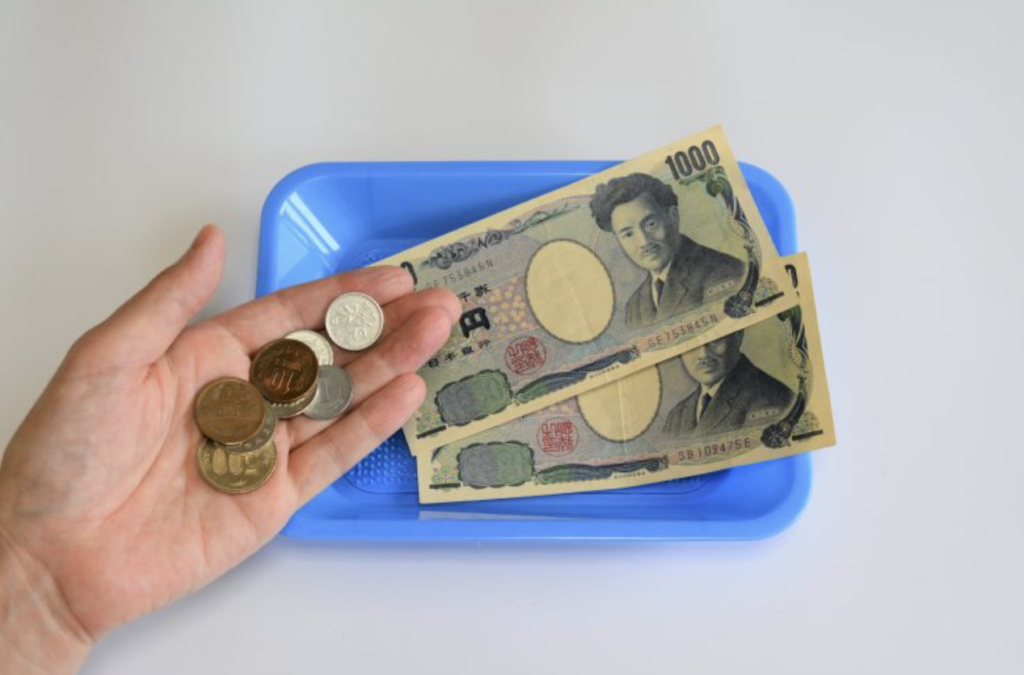
Payment
Payment after consultation is usually made by cash or credit card. If you have an Hokensho, pay only your co-payment.
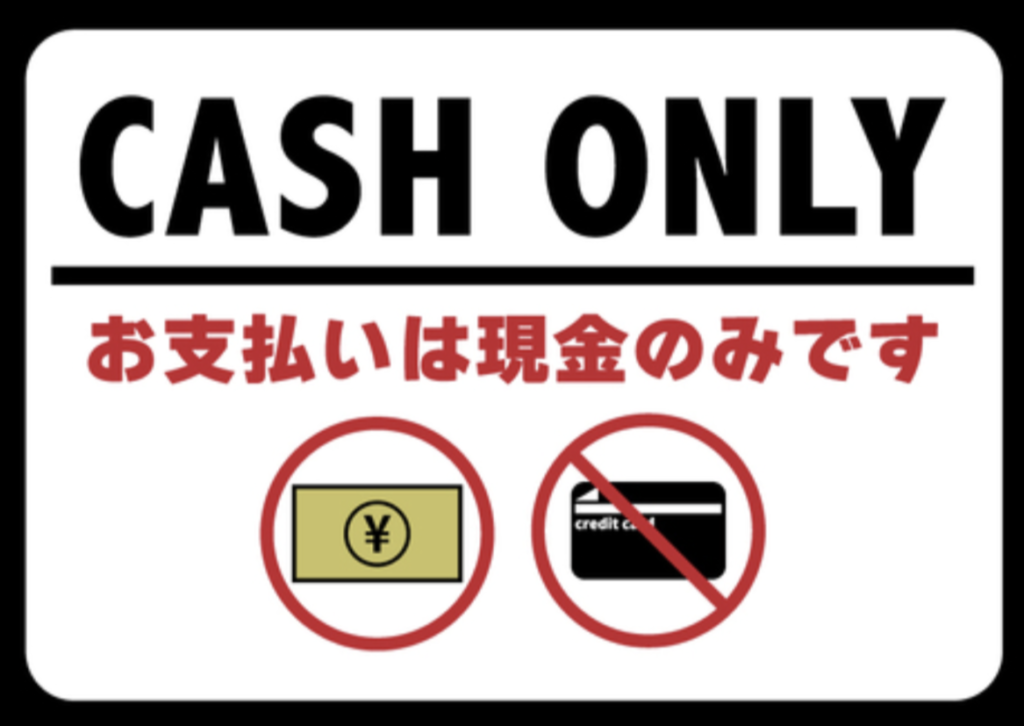
- Some hospitals in rural areas still only accept cash, so it is highly recommended to bring enough cash with you!

Prescription
In many medical facilities in Japan, the doctor who diagnosed the patient issues a prescription if needed, and the patient picks up the prescription at the reception desk at the time of payment and goes to the pharmacy.
- In rare cases, there are hospitals that will prescribe medications without going to a pharmacy.
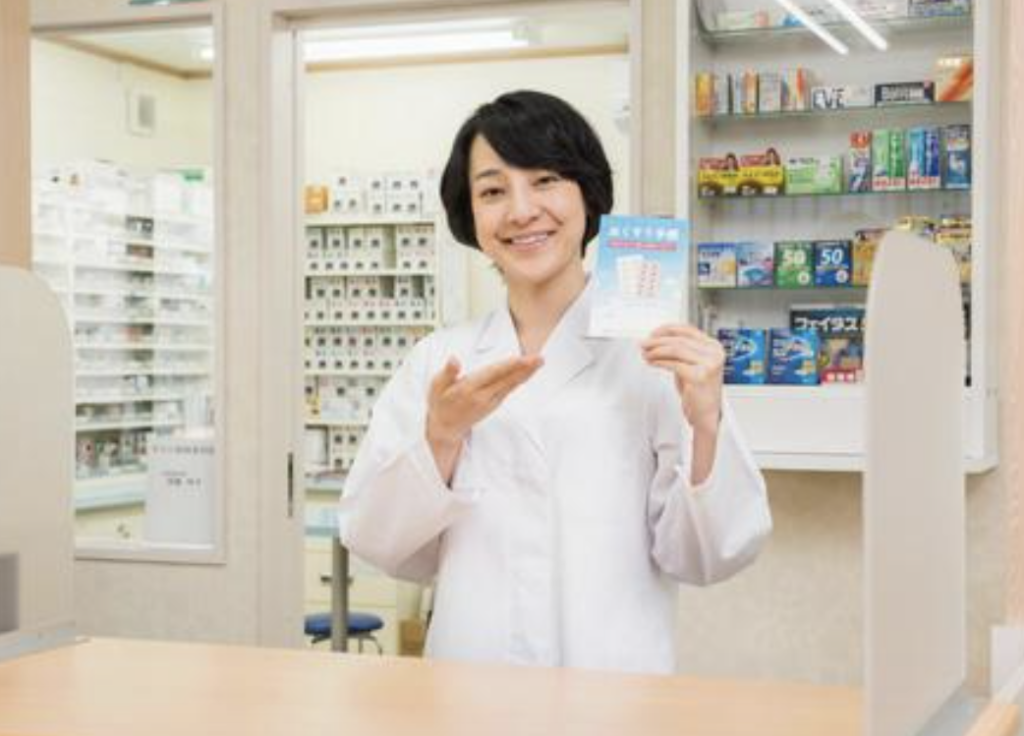
Receiving Medicine
Medications can be picked up at the hospital pharmacy or at a nearby pharmacy.
- If you have a Okusuri-Techo, you will be asked to submit it at the pharmacy reception desk at the first.
- Small clinics often have a pharmacy attached to the clinic, so it is a good idea to check the location of the pharmacy when you pay at the clinic!
- If the hospital prescribes medication, you will be given the medication at the reception desk when you pay your bill.
Other Useful Information
Okusuri-Techo (Record book of medications)

An Okusuri Techo is a notebook used by patients to record information on the medications they are taking. It is a tool that allows patients to centrally manage the medications prescribed by doctors and pharmacists in Japan, as well as their self-administered medications.
- When you visit a hospital for the first time, the pharmacy or other health care provider will prepare it for you.
- There is no set format for the design of the medical registry, and the design differs depending on the medical institution or pharmacy where the patient receives the medicine.
- As of February 2025, in addition to paper Okusuri-Techo, electronic ones are also being used, apparently! (I have never used one.) They can share information with doctors and pharmacists online, which sounds convenient.
Role of the Okusuri-Techo
Recording of medication information
The name of the medication being taken, its dosage, dosage method, and the date the medication was started will be entered. This helps you remember to check the type of medication and prescription details, and avoid misuse or duplication of medications.
Medication Management
Patients who see their doctor regularly are asked to add a record of their medications to their medication book. This helps doctors and pharmacists keep track of the patient’s medication history.
If a patient is receiving treatment at multiple medical facilities, bringing the patient’s medication logbook with them allows each doctor to check for overlaps or interactions with other medications, making treatment safer.
Managing medication allergies and side effects
Allergies and past side effect history can also be entered, which helps pharmacists and physicians select appropriate medications.
Hokensho (Domestic Health Insurance Card)
Japan has a health insurance system in place, and even foreigners can join the National Health Insurance system if they register as residents. If you are covered by the insurance, approximately 70% of the consultation fee will be covered by the insurance, and the co-payment will be 30%. (As of February 2025)
- If you are a student, you can also enroll in the university’s student discount insurance.
- If you are a registered resident of Japan, be sure to bring your health insurance card with you when you visit a doctor.
- If you do not have an insurance card, you may have to pay the full amount yourself.
Hospitals with English-speaking staff
Hospitals in major Japanese cities (Tokyo, Osaka, Kyoto, etc.) have English-speaking doctors and staff on duty. In addition, an increasing number of hospitals have medical services and doctors available in foreign languages, so it is convenient to check in advance if you wish to see a doctor in English.
However, there are only a few hospitals in Wakayama Prefecture that offer foreign language services. If you are worried about seeing a doctor in Japanese, you can use the following services to see a doctor with peace of mind.
Medical Information Net
This site allows you to search for information on medical institutions in Japan in English.
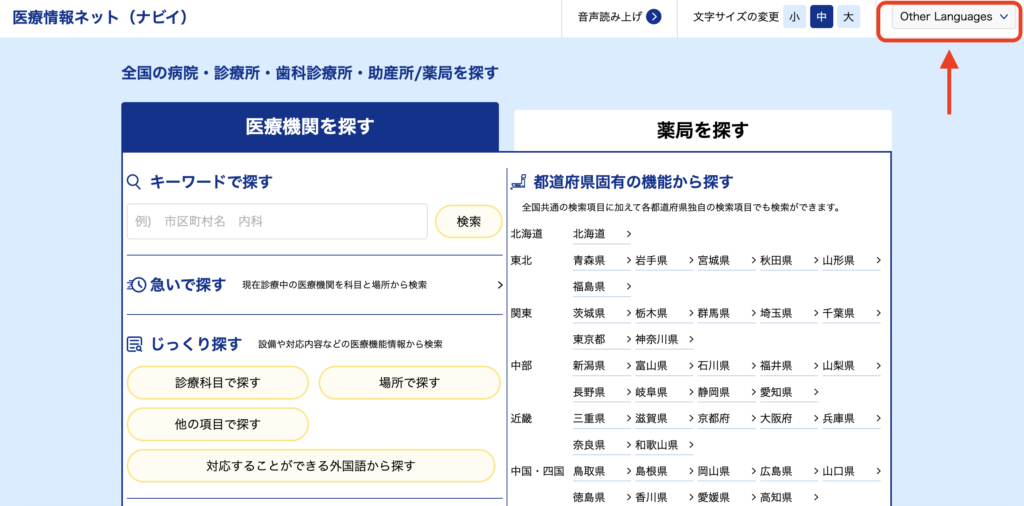
There is a pull-down menu in the upper right corner that allows you to select your preferred language!
Closing Tips
Going to a hospital for the first time in an unfamiliar place and even more so in an unfamiliar state of health can make anyone feel uneasy. We hope that by obtaining as much information as possible in advance, you will be able to head to the hospital with peace of mind!
///NOTE///
Please note that the information provided here is not based on professional medical knowledge, but on the experience of ordinary Japanese people. Therefore, we hope you understand that situations and procedures may differ from hospital to hospital.
